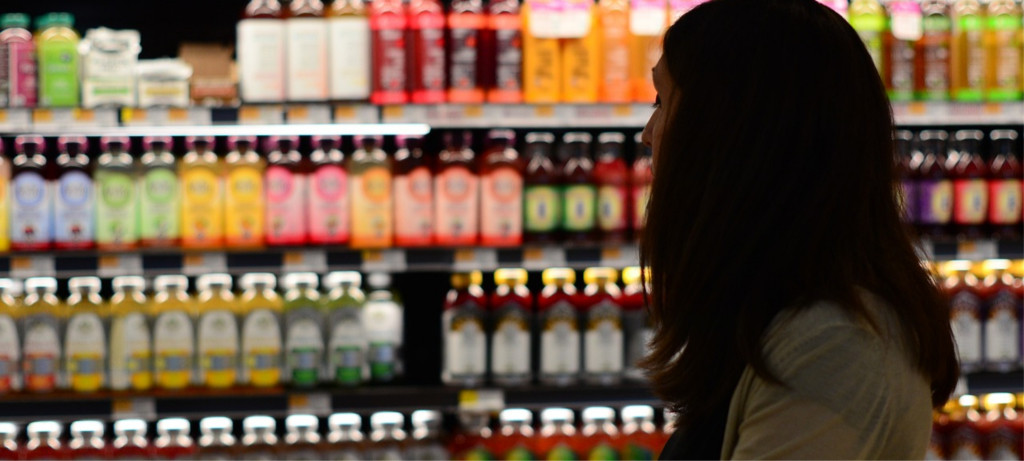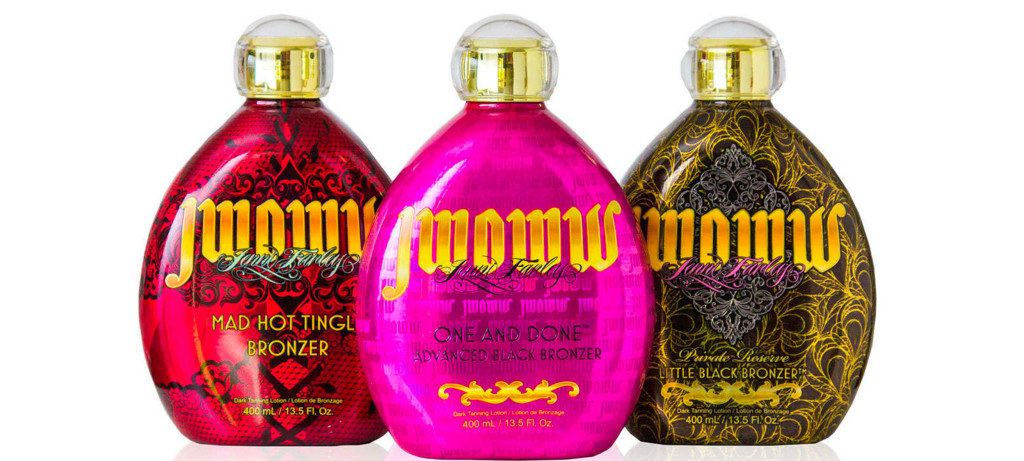Label life is limited
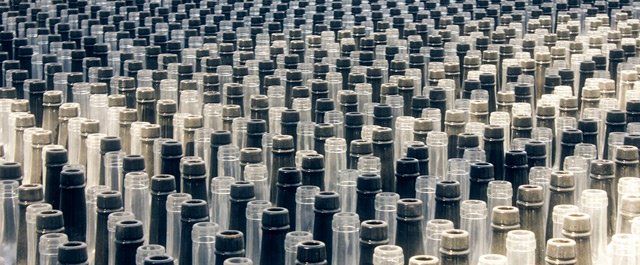
More labels for less
With the deep discounts available when ordering a large quantity of labels, some brand owners may be tempted to buy more labels than they need. When the cost per thousand labels drops over 80 percent when ordering 10,000 vs. 2,500, the decision is easy to justify if it is in your packaging budget.
If your labeled products will not be updated in the time it takes to use the labels you have ordered, it makes financial sense to buy in bulk. Of course, it’s important to know for sure that your label info will not change. Ingredients or varietals, contact info or regulatory information often does change for many products, and new labels are often required. Before the decision to save money by buying larger quantities can be made, however, the shelf life of the labels themselves needs to be considered.
Labels have a lifespan
Labels do have a lifespan, and depending on how they were engineered and the specific conditions your labels will be exposed to, labels can deteriorate before you have a chance to apply them. The primary factors that influence a label’s lifespan are Label Construction, Label Adhesive, and Label Storage Environment.

Label construction
Make sure your label supplier provides a label construction that outlasts the life of your product use. This includes facestock, the adhesive, the type of ink used for printing and the protection of the labels, such as varnish or laminate. Each of these elements needs to withstand the actual conditions your labeled product will experience. For example:
- Perishable food labels may only need to last for one month
- Outdoor exposure labels may need to last for five years or longer
- Shampoo labels may need to last for a year or more
Imagine what your label will go through in transport, storage, application, on the shelf and in use by the consumer. Your label supplier should be able to determine all of the components necessary to assure your labels last through their typical useful life.
Label adhesives
Label adhesives are the primary concern when considering the useful lifespan of your labels. Label rolls have a typical adhesive lifespan of 10 to 12 months before the adhesive begins to degrade. This is true strictly when you are storing your labels– not once they are applied to your containers. The FDA also has specific guidelines for adhesives used in food label packaging.
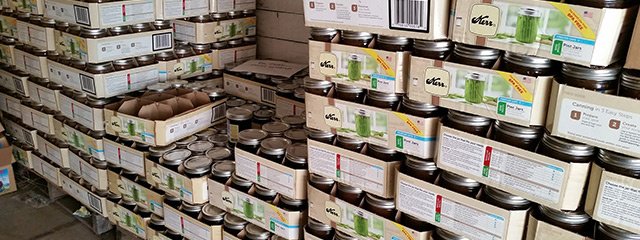
Label storage environment
The environment where your labels are stored and applied will have an effect on the lifespan of your labels. A cool, dry, environment is optimal. Hot and humid or very cold environments will reduce the useful lifespan of your labels.
If you know the specific environment in which your labels will be exposed, let your label printer know. Some adhesives, label facestocks and label protection options can be included in the engineering of your label order to better prepare your labels for their environment. When storing labels, do not lay them flat and keep them as cool as possible.
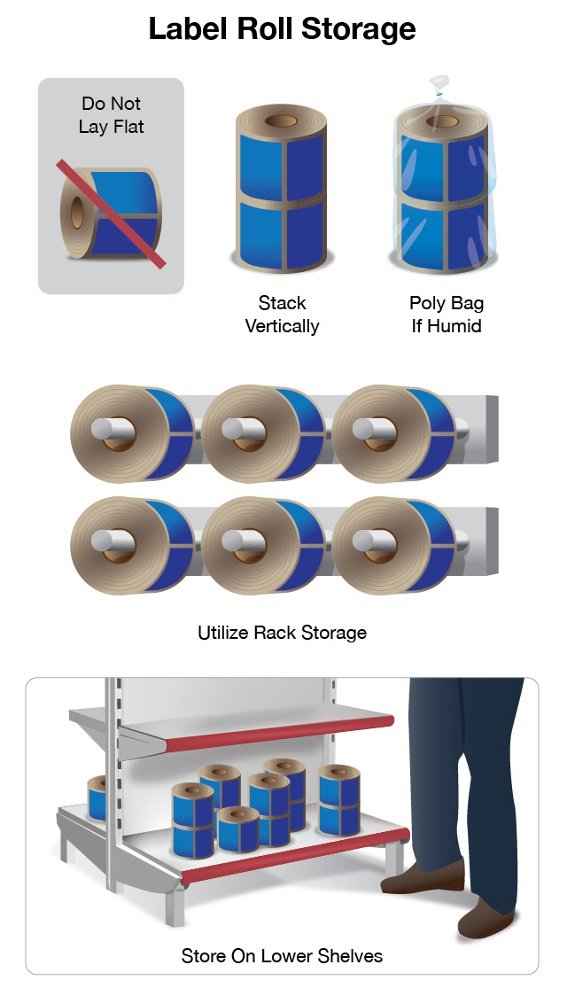
Open communication with a professional label printer is the best way to ensure you get quality labels in quantities you can use, engineered to meet the requirements of your brand. It is not uncommon for label application problems to be traced back to labels that are too old, when a brand owner is attempting to apply labels ordered two years ago. Order what you need, what you will be applying, before the labels and adhesives start to degrade.
For more label information, including basis, design, application, and marketing, visit our learning center.
Find the best solution that makes the most sense for your brand.
Tags:
